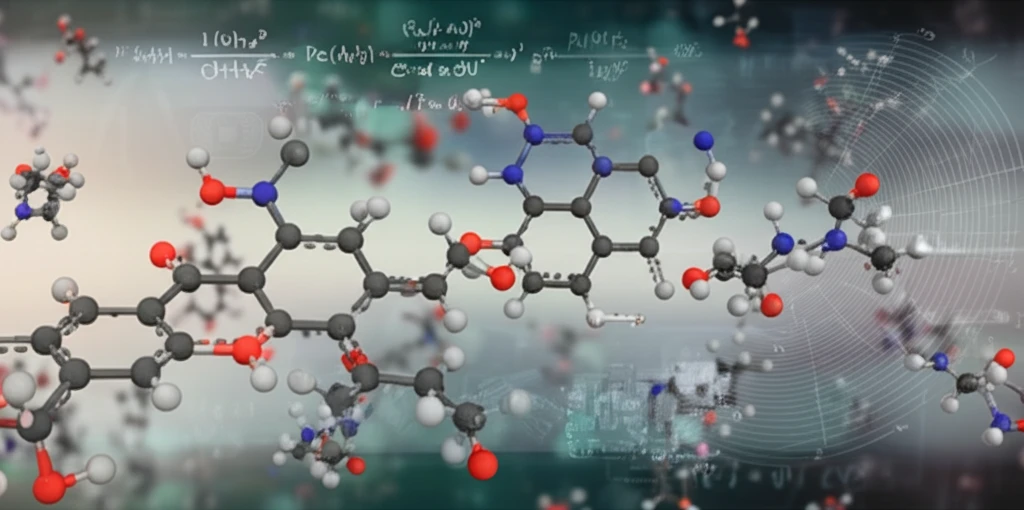
The Future of Catalysis: How New Palladium Complexes Could Revolutionize Chemical Reactions
"Discover the groundbreaking research on palladium complexes containing hydrazide based amino-phosphine ligands, and how they are poised to transform catalytic processes and pave the way for more efficient and sustainable chemistry."
In recent years, the field of catalysis has witnessed remarkable advancements, driven by the need for more efficient, selective, and sustainable chemical transformations. Among the various catalytic systems, palladium complexes have emerged as powerful tools, enabling a wide range of organic reactions with exceptional precision and control. Now, groundbreaking research is pushing the boundaries of what's possible, with the development of novel palladium complexes that promise to revolutionize the future of catalysis.
At the heart of this revolution lies the innovative use of hydrazide based amino-phosphine ligands. These unique ligands, carefully designed and synthesized, play a crucial role in shaping the structure and reactivity of the resulting palladium complexes. By tuning the electronic and steric properties of these ligands, scientists can tailor the catalytic activity of the complexes, optimizing their performance for specific chemical transformations.
This article delves into the fascinating world of these new palladium complexes, exploring their synthesis, structural characterization, computational analysis, and catalytic applications. Join us as we uncover the secrets behind these remarkable catalysts and their potential to transform the landscape of chemical reactions.
Unveiling the Potential: Synthesis, Structure, and Catalytic Activities

The journey begins with the synthesis of two novel N, N-bis(diphenylphosphino)-amine ligands, incorporating N-Aminophthalimide (L1) and Hydrazine dihydrochloride (L2). These ligands serve as the foundation for creating palladium(II) complexes, C1 and C2, each possessing unique structural and electronic properties. Rigorous characterization using IR and NMR spectroscopies confirms the successful synthesis of these complexes.
- Computational studies, including NBO analysis, shed light on the nature of the metal-ligand interactions, providing a deeper understanding of the electronic properties and bonding characteristics of the complexes.
- The catalytic activities of these complexes are then put to the test in Heck coupling reactions, a powerful class of organic transformations widely used in the synthesis of pharmaceuticals, agrochemicals, and other valuable compounds.
- The results demonstrate the effectiveness of these palladium complexes as catalysts, showcasing their ability to facilitate Heck coupling reactions with high efficiency and selectivity.
- Kinetic and thermodynamic investigations further elucidate the reaction pathways, providing valuable information for optimizing the catalytic performance of these complexes.
A Sustainable Future Powered by Innovative Catalysis
The development of these novel palladium complexes represents a significant step forward in the field of catalysis. By harnessing the power of innovative ligand design and computational analysis, scientists are unlocking new possibilities for creating more efficient, selective, and sustainable chemical processes. As research in this area continues to advance, we can expect to see even more groundbreaking applications of these remarkable catalysts, paving the way for a brighter and more sustainable future.
